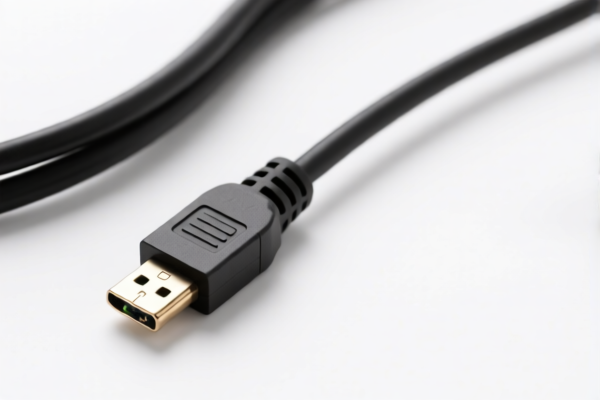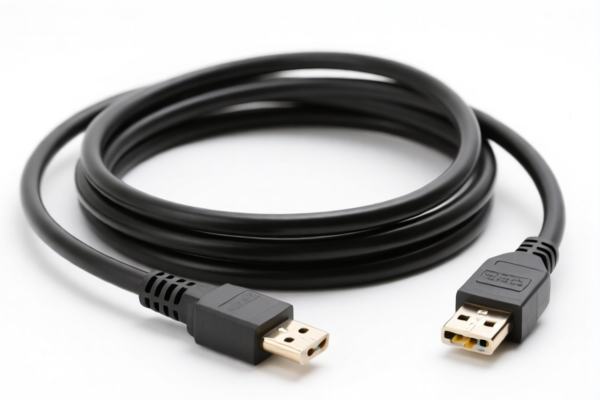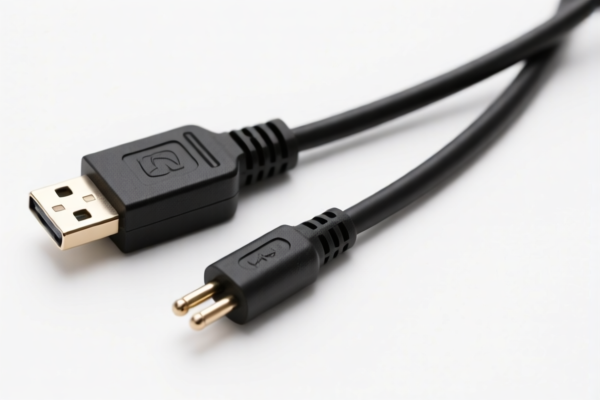| HS Code | Official Doc | Tariff Rate | Origin | Destination | Effective Date |
|---|---|---|---|---|---|
| 8544429010 | Doc | 57.6% | CN | US | 2025-05-12 |
| 8544422000 | Doc | 55.0% | CN | US | 2025-05-12 |
| 8548000000 | Doc | 55.0% | CN | US | 2025-05-12 |
| 3926903000 | Doc | 59.2% | CN | US | 2025-05-12 |
| 3926909987 | Doc | 42.8% | CN | US | 2025-05-12 |




Diagnostic Extension Cable
A diagnostic extension cable is a specialized cable used to extend the reach of diagnostic tools when accessing a vehicle's onboard diagnostic (OBD) port or other diagnostic connectors. These cables facilitate communication between a diagnostic scanner/tool and a vehicle's electronic control units (ECUs), enabling technicians to read fault codes, access live data streams, perform component tests, and reprogram software.
Material
Typically constructed with a combination of materials to ensure reliable signal transmission and durability:
- Conductors: Copper or copper alloy wires are used for signal transmission, often tinned to prevent corrosion.
- Insulation: PVC or similar plastic materials insulate the conductors, preventing short circuits and protecting against environmental factors.
- Shielding: Aluminum foil or braided shielding is often incorporated to reduce electromagnetic interference (EMI) and ensure data integrity.
- Connectors: Typically molded plastic housings with gold-plated contacts for corrosion resistance and reliable connection. Common connector types include:
- DB9 (DE-9)
- J1962 (OBD-II connector)
- Proprietary connectors specific to vehicle manufacturers.
- Cable Jacket: Flexible PVC or polyurethane jacket provides protection and durability.
Purpose
- Extended Reach: Allows technicians to connect diagnostic tools to vehicle ports that are difficult to access directly, such as those located under the dashboard or in tight engine compartments.
- Remote Diagnostics: Enables remote diagnostics by connecting to the vehicle's diagnostic port from a distance.
- Protection of Original Cable: Using an extension cable protects the original, often shorter, diagnostic cable from damage or wear during frequent use.
- Adaptability: Facilitates connection between diagnostic tools with different connector types.
Function
Diagnostic extension cables are primarily passive extenders, meaning they do not actively modify the signal. Their function is to maintain signal integrity while extending the physical connection length. They rely on the diagnostic tool and vehicle's communication protocols to transmit and receive data. Key functions include:
- Data Transmission: Facilitates the transfer of data between the diagnostic tool and the vehicle's ECU.
- Power Delivery: Some cables can provide limited power to the diagnostic tool (typically 12V).
- Signal Integrity: Maintaining the quality of the signal to ensure accurate data transfer.
Usage Scenarios
- Vehicle Repair & Maintenance: Common in automotive repair shops for diagnosing and resolving vehicle issues.
- Automotive Testing: Used in vehicle testing facilities for data logging and analysis.
- Mobile Diagnostics: Enables technicians to perform diagnostics on vehicles in the field.
- ECU Programming: Used during the reprogramming or flashing of vehicle ECUs.
- Fleet Management: Facilitates remote diagnostics and maintenance of vehicle fleets.
Common Types
- OBD-II Extension Cable: Extends the reach of standard OBD-II scanners. Most commonly a female OBD-II connector to a male OBD-II connector with varying lengths.
- DB9 Extension Cable: Used with older diagnostic tools and protocols.
- Proprietary Extension Cables: Specific to vehicle manufacturers (e.g., BMW, Mercedes-Benz, Ford) and their diagnostic systems. These often have unique connector configurations and pinouts.
- Breakout Cables: Combine extension functionality with the ability to access individual pins for specialized testing.
- Coiled Extension Cables: Provide a compact storage solution and reduced clutter.
- Heavy-Duty Extension Cables: Designed for demanding environments and frequent use. These often feature reinforced connectors and durable jackets.
Diagnostic extension cables are typically insulated electric conductors used to extend the reach of diagnostic tools, enabling communication between devices. They may be fitted with connectors and are often used in automotive or electronic repair scenarios.
The following HS codes may be relevant:
- 8544429010: This code covers insulated wire, cable (including coaxial cable), and other insulated electric conductors, whether or not fitted with connectors. Specifically, it applies to “Other electric conductors, for a voltage not exceeding 1,000 V”, and “Fitted with connectors: Other Extension cords as defined in statistical note 6 to this chapter”. The total tax rate is 57.6% (Base tariff: 2.6%, Additional tariff: 25.0%, Post-April 2, 2025, additional tariff: 30%).
- 8544422000: This code also covers insulated wire, cable, and other insulated electric conductors, whether or not fitted with connectors. It applies to “Other electric conductors, for a voltage not exceeding 1,000 V”, and “Fitted with connectors: Other: Of a kind used for telecommunications”. The total tax rate is 55.0% (Base tariff: 0.0%, Additional tariff: 25.0%, Post-April 2, 2025, additional tariff: 30%). Given the diagnostic function, this code may be applicable if the cable is specifically designed for data transmission.
- 8548000000: This code covers electrical parts of machinery or apparatus, not specified or included elsewhere in this chapter. If the cable is considered a specialized component of diagnostic equipment, this code may be relevant. The total tax rate is 55.0% (Base tariff: 0.0%, Additional tariff: 25.0%, Post-April 2, 2025, additional tariff: 30%).
It is important to determine the voltage rating of the cable and its primary function (general extension or specialized data transmission) to select the most appropriate HS code.
Customer Reviews
No reviews yet.